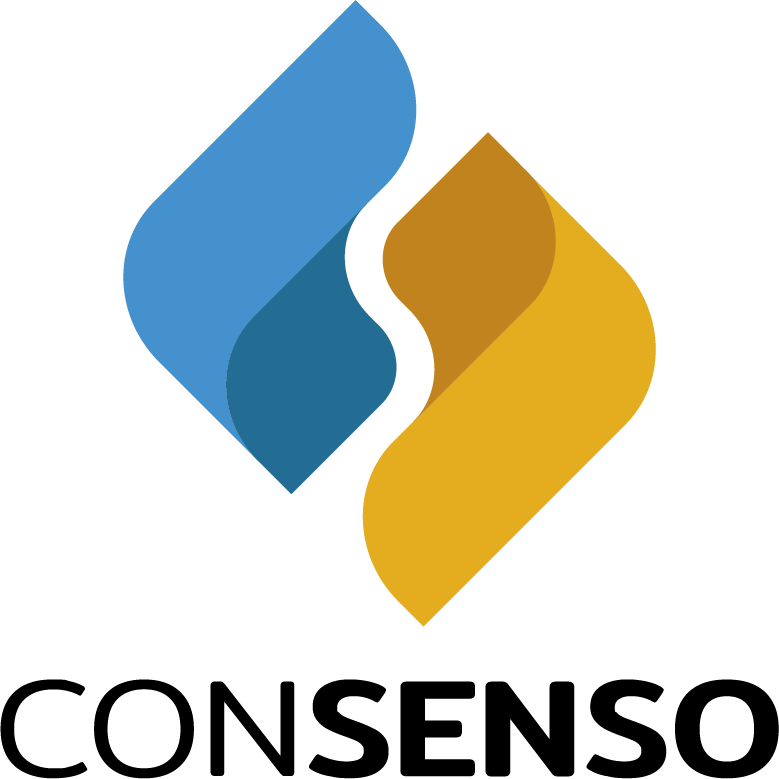ISO 9001 and the environment: what’s changing and what to do now
We wrapped up another ISO 9001 recertification audit yesterday — a great moment to address the question we hear most: what does the new ISO 9001 version bring to the environmental component?
The short answer: the QMS is still about quality, but it must now clearly show how climate factors were considered in the organisation’s context, the needs of interested parties, and risk & opportunity management.
1) Context and interested parties: climate on the radar
Demonstrate that you assessed relevant climate factors (e.g., extreme weather, logistics disruptions, client/funder requirements) and that you captured environmental requirements from interested parties when they affect quality, lead times and compliance.
2) Risks and opportunities: “climate-sensitive” criteria
Embed climate topics in the QMS risk matrix (probability/impact on quality, lead time, cost, compliance). Adjust response and continuity plans, and add indicators to monitor environmental impacts that may affect quality.
3) Design, changes and supply chain
In design and change management, check whether environmental conditions can affect product/service performance (e.g., tolerance to extreme temperatures, humidity, transport).
In procurement and supplier approval, add resilience criteria where it impacts quality: delivery continuity under climate events, packaging/eco-design requirements from customers, route alternatives and delivery lead times.
4) People and internal audits
Include the topic in training plans for the teams that feel the impact first (quality, operations, procurement, logistics) and extend internal audit plans to cover evidence in clauses 4.1/4.2, risk management and procurement/suppliers.
Practical checklist (start today)
- Update the Context Analysis with relevant climate factors.
- Review Interested Parties and their environmental requirements.
- Integrate the topic into QMS Risks & Opportunities.
- Adjust procurement/approval criteria with continuity and performance in mind.
- Include “climate & quality” topics in training and internal audits.
- Prepare a client note explaining how climate is considered in the QMS (benefits: higher reliability, more stable lead times, lower disruption risk).
What doesn’t change
ISO 9001 does not become ISO 14001: the focus remains customer satisfaction, conformity and improvement. The difference is that the QMS now shows evidence of how climate was considered where relevant to quality.
How we can help
At Consenso Global, we align quality with pragmatic sustainability: we adapt context, interested‑party requirements, risk, procurement and audits — without bureaucracy, and always focused on client value.
Talk to us to integrate these requirements into your QMS
And turn climate risk into more stable quality, more reliable deliveries and greater market trust.




